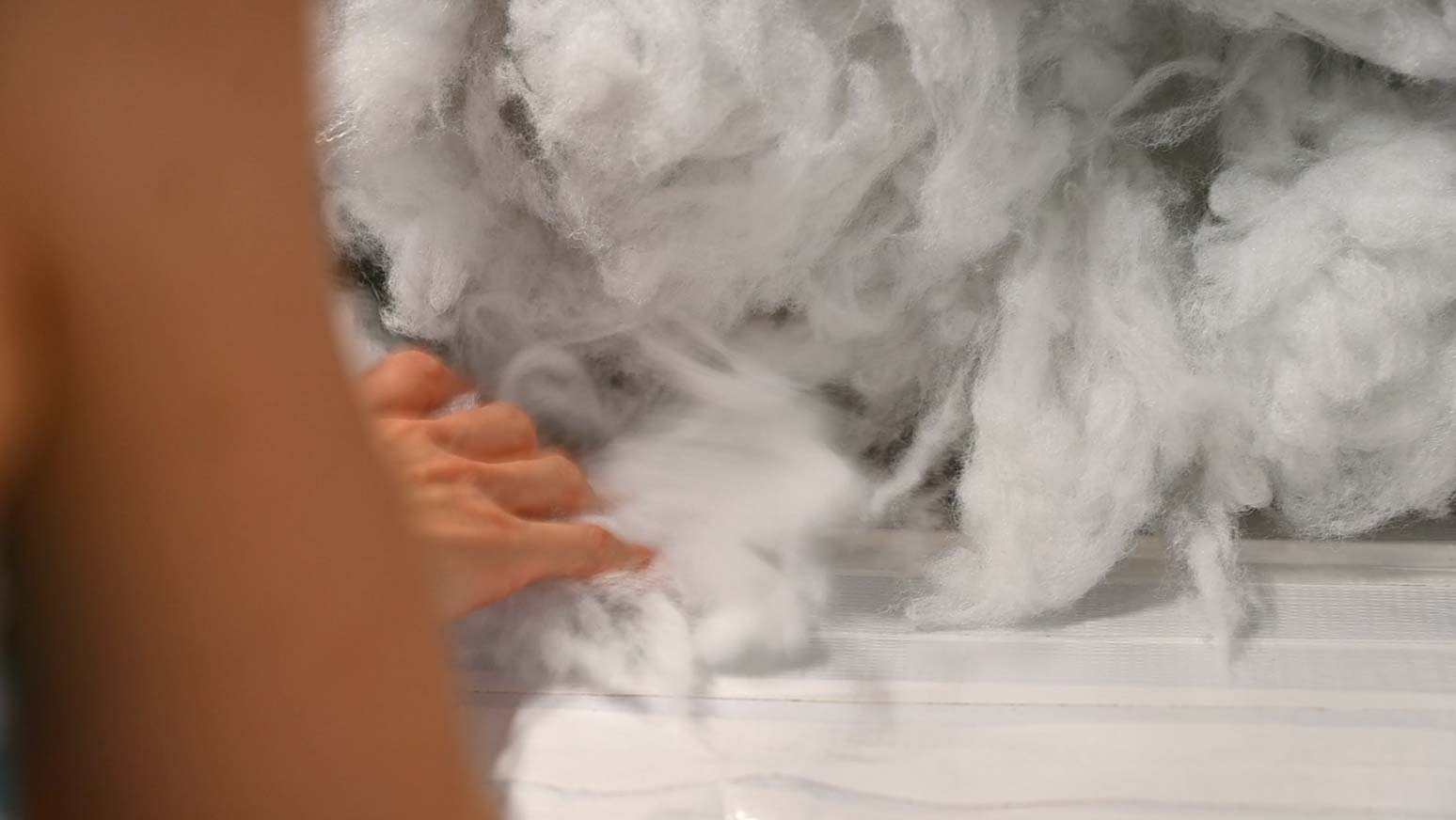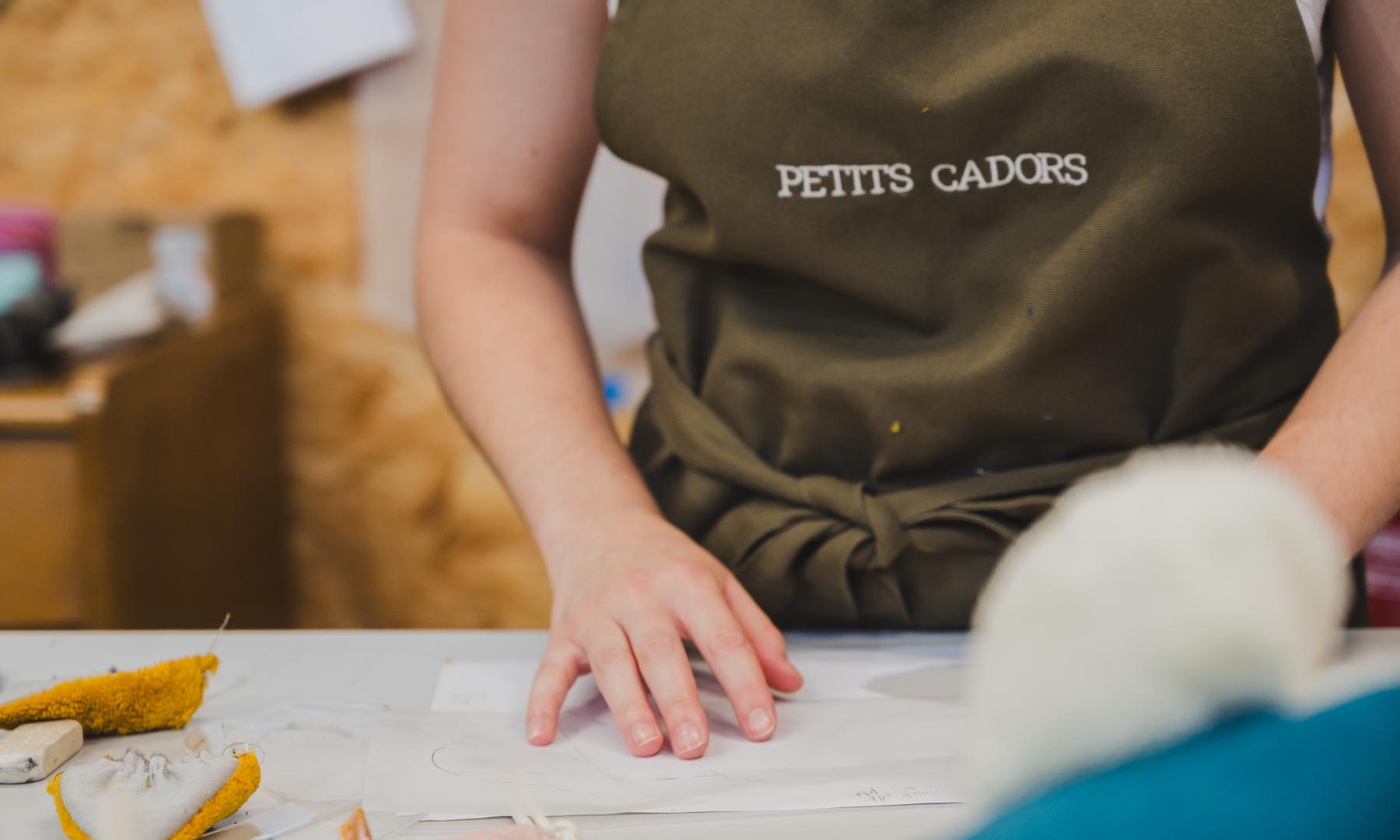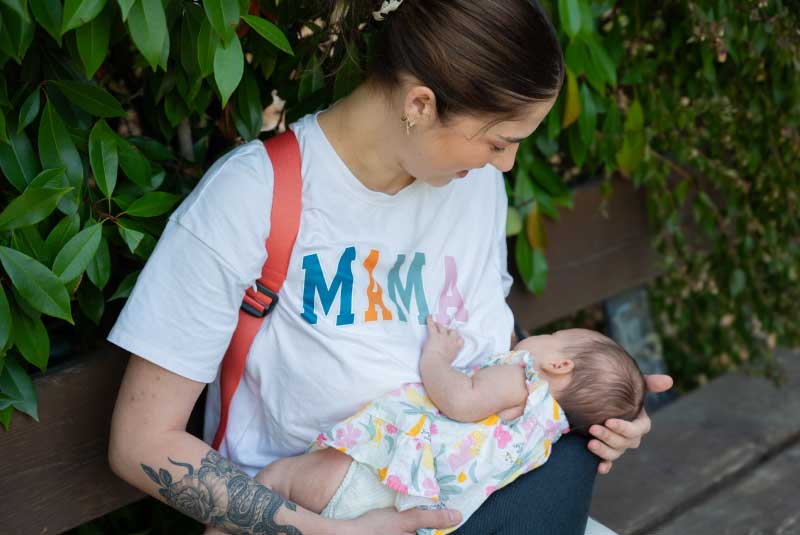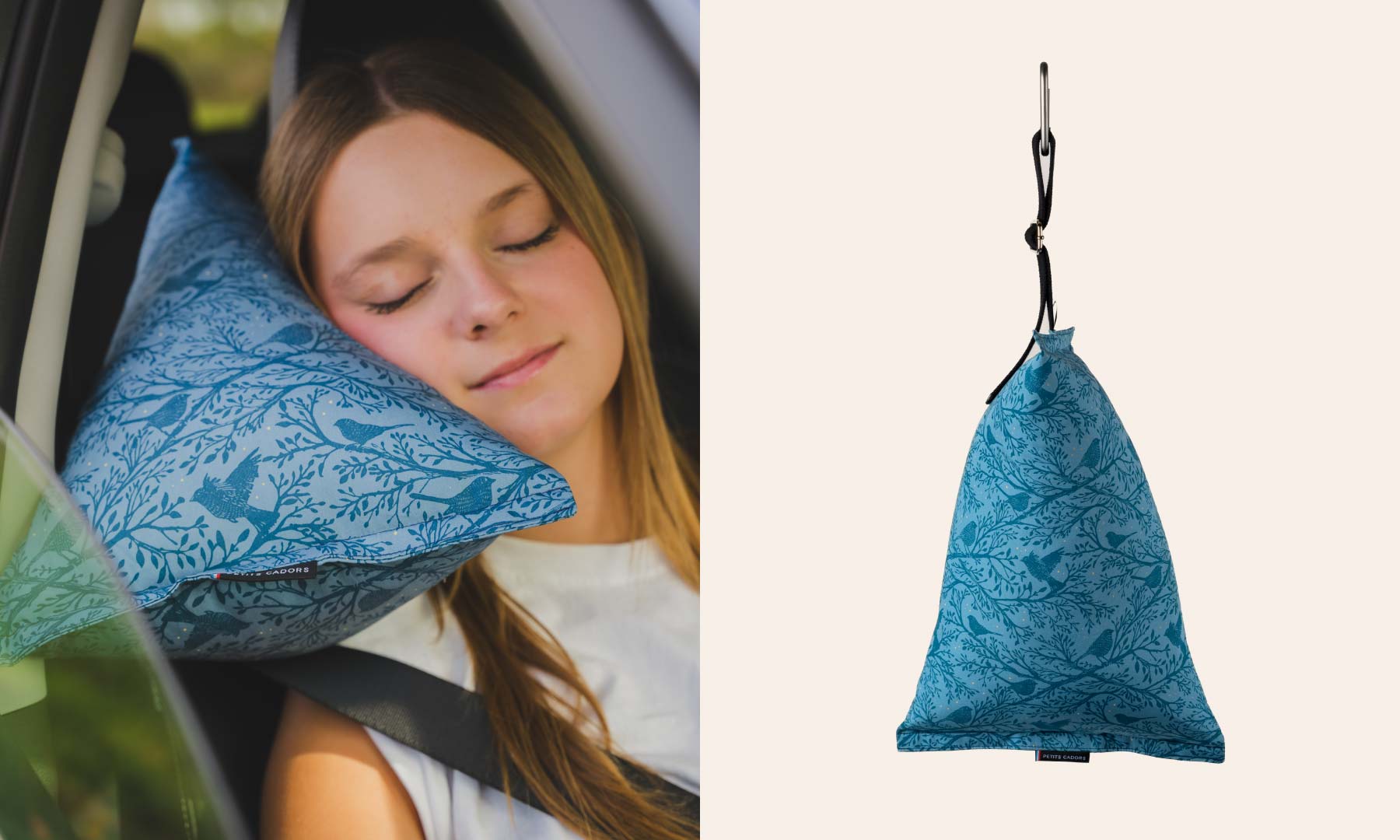
Already 3 tons of recycled plastic 💪🐳
Since February 1, 2021, to help protect the oceans, we have been using soft filling made from plastic collected from the world's rivers. To date, we have used more than 3 tonnes of recycled plastic to fill our nomadic cushions.
WHY DID WE CHOOSE PLASTIC?
- Plastic fiber is used by bedding professionals , particularly pillow manufacturers, for its softness and homogeneity.
- It is a fiber that can be washed in the washing machine without getting damaged or clumping.
- It is a strong fiber which, unlike natural fibers, does not break .
- It is an available and recyclable material.
If there is one material that we no longer need to manufacture, it is plastic! Since 1950, humanity has produced 9 billion tonnes of plastic (1) . Suffice to say that, unfortunately, plastic has become a material that is available in almost unlimited quantities .
For our part, we have chosen to go a little further than simple recycling. We chose to work with a fiber manufacturer who buys its plastic via the PlasticBank solidarity network.

ACT AT THE SOURCE WITH “SOCIAL PLASTIC”
Plastic Bank is a recycling network created by David Katz around the notion of “social plastic”, like the “social economy”. The idea is to intercept plastic before it reaches the oceans while creating a movement of solidarity between rich and poor countries.
The idea came from a simple observation: communities experiencing extreme poverty live in environments most polluted by plastic. But waste will probably be the raw material of the 21st century . The idea of Plastic Bank is to monetize this resource. Their mission is to encourage people to recycle plastic through collection. In exchange, via a virtual currency and specially built stores near the collection points, they can buy food products, clothing or services such as school or health fees.
To understand his approach in terms of protecting the oceans , David Katz regularly uses an analogy: imagine that you arrive in your kitchen which is flooded because the sink has been left wide open. Your first instinct will probably be to turn off the tap and not to go get your mop to mop up... endlessly. To date, the PlasticBank network has enabled the collection and recycling of a billion bottles !
PLASTIC IS BETTER IN YOUR CUSHION THAN IN THE OCEAN
Beyond its eco-responsible aspect, the filling fiber made from recycled plastic is above all very high quality. It is an extremely light fiber (this is important for portable cushions to take everywhere) and soft! It is not for nothing that bedding professionals use this fiber to make pillows. Its lightness combined with its loft provides both a flexible fit and very good support . Plastic fiber also has other qualities: it does not absorb humidity or odors, it can be machine washed and it is rot-proof.
It also has the advantage of not having any allergenic character.
The fiber we use is Ecolabel certified. Signs of excellence, ecolabels guarantee a high level of requirements in terms of limiting the impacts of products and services on the environment and health, while maintaining their level of performance.
It also has the Global Recycled Standard label, a standard that ensures the traceability of recycled products throughout the production process.
A COMMITTED CHOICE
For all these reasons, we did not hesitate for a single second to opt for recycled fiber. And this would not have been the case if we had made a strictly financial calculation because it is not the cheapest filling on the market! But here we are, we are committed to protecting the environment and we want the best to guarantee you the greatest comfort with our nomadic pillows!
A nomadic cushion contains on average the equivalent of 7 recycled plastic bottles. And at Petits Cadors, we prefer that these 7 transformed bottles stop their journey towards the ocean to take you to the land of dreams.

Find all our most eco-responsible products HERE
(1) https://www.lefigaro.fr/conso/2018/09/11/20010-20180911ARTFIG00013-5-chiffres-chocs-demontrent-pourquoi-le-plastique-est-un-fleau-planetaire.php






